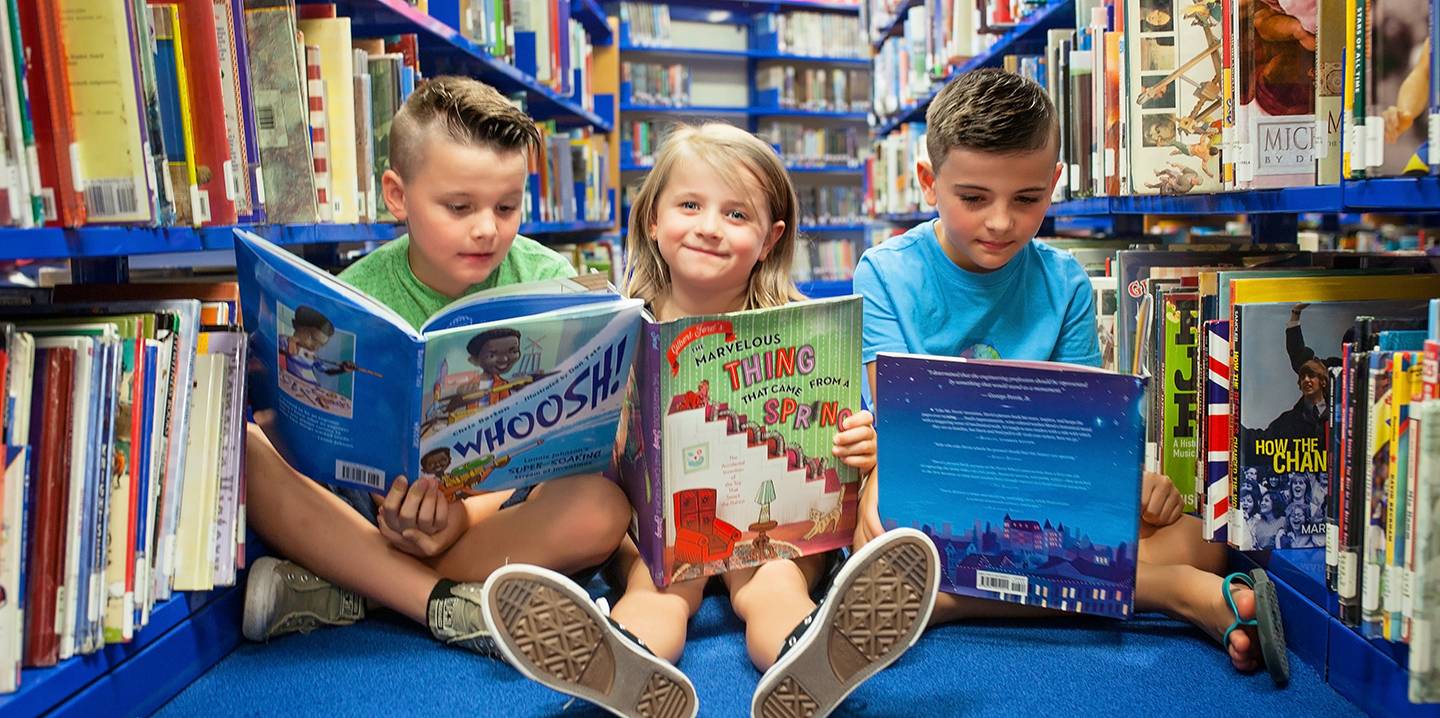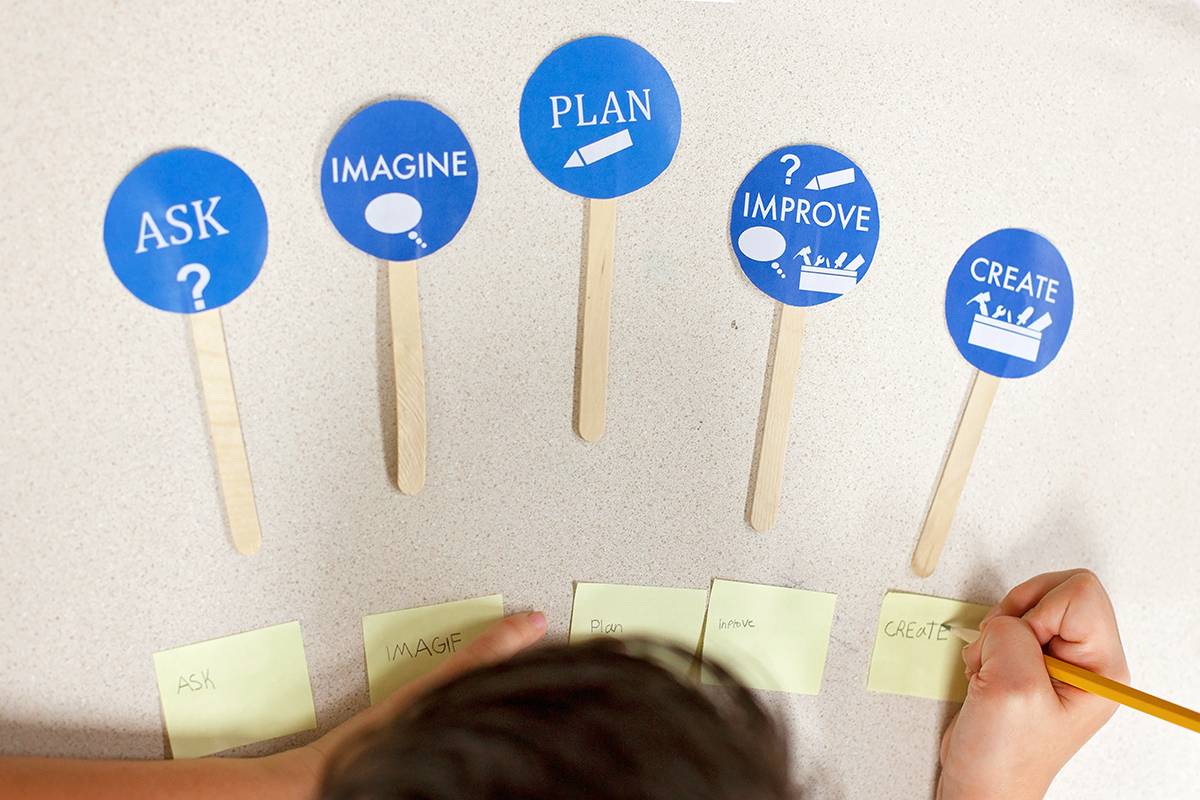Julie Cooper | April 20, 2021


Thinking like an engineer — also known as design-based learning or the engineering design process (EDP) — will be coming to Texas public schools in the next couple of years.
For the last several years, Dr. Julie Jackson, associate professor, and Dr. Shelly Forsythe, assistant professor, in the Texas State University College of Education have been researching and writing about this subject in academic publications.
Texas schools will be following what other U.S. states and school districts have already adopted for their science curriculum. In 2013, the Next Generation Science Standards (NGSS) introduced the idea of engineering design as an essential element of science education.
“We are responding to a call from two engineering professional groups [the National Academy of Engineering and the International Technology and Engineering Educators Association] who have decided to voice their desires for how engineering would be framed in educational settings,” Jackson said.
The articles by the two Texas State professors and graduate student Danielle Medeiros describe methods that may be used by classroom teachers and librarians to showcase how engineers use design-based thinking to solve problems. They have reached several audiences — librarians, STEM educators, elementary and middle schools — in preparation of Texas revising its current science Texas Essential Knowledge and Skills (TEKS) and adding STEM (science, technology, engineering, and mathematics) education. It is part of the curriculum that will be adopted for public school children from kindergarten to the 12th grade. TEKS detail the curriculum requirements for every content area.
“Originally, elementary school teachers used children’s literature to launch engineering design challenges and this approach does support teaching students the Engineering Design Process (EDP) and how to problem-solve. Engineers are problem solvers,” Jackson said. “Children’s literature was an easy bridge into this problem-solving mentality or idea.”

This is where Charlotte’s Web comes in.
“We don’t think of Charlotte’s Web as a STEM book, but it really is because Charlotte is an engineer. She has a problem. She has to save Wilbur. She spins a web. That’s her technology, but it doesn’t work the first time. So, she spins a different one. That’s her engineering design challenge or EDP – you build a prototype, you test the protype, and then you revise it. Charlotte does that, she models design-based thinking,” Jackson said.
Jackson said the team uses children’s literature to reverse-engineer the processes by which engineers solve problems. Tested at Cannon Elementary, a STEM School of Excellence, in Grapevine-Colleyville ISD, students using EDP were asked to listen or watch for five elements of design-based learning, based on the “Engineering is Elementary” curriculum developed by the Museum of Science, Boston. These are:
- Ask – What is the problem?
- Imagine – What are some solutions?
- Plan — Decide what materials I will need
- Create — Build a design. Test it out.
- Improve — How can I make the design better? Try again.

Jackson said that people thought of as inventors — like Benjamin Franklin, Alexander Graham Bell or Jacques Cousteau — could be considered engineers.
This is why integrating biographies written for children, usually a language arts topic, are a good source for the science STEM lessons
In Jackson’s Curriculum & Instruction course Teaching STEM in Elementary School, she has graduate students use picture books and a chapter books to identify design-based thinking and reverse engineer the EDP. One student used a book on game pioneer Milton Bradley. Jackson explained that Bradley bought a printing company but after some initial failures he created what would become The Game of Life.
“A big part of engineering is failure — one of the mantras is ‘fail often to succeed sooner,’ ” Jackson said. In this example, she cites the book Balloons Over Broadway, about how the Macy’s Day Parade came to use giant helium balloons – because live animals were too scary, and puppets were too small.
“One of the focuses of education in the last decade is teaching kids to be good problem solvers.” Jackson said that engineering does that.
Both Jackson and Forsythe are former classroom teachers. Jackson, who joined Texas State in 2007, taught high school science for seven years and spent two years teaching at an American school in Brazil. Forsythe taught for eight years and spent two years as a part-time instructional coach. At Texas State she teaches science methods courses for elementary and special education teacher candidates.
With summer so near, Jackson said she would recommend parents share the book, Whoosh! Lonnie Johnson’s Super-Soaking Stream of Inventions. The book is about Johnson, a NASA engineer who was working on an alternative to freon. Using liquids under pressure, he came to develop the toy super squirt gun.
“No one would buy it. He finally went to the board of directors of a toy company and squirted them all,” Jackson said. The toy has generated more than $1 billion since its release in 1990.
“That’s one of the big reasons we should have engineering in our schools — experiencing how engineers solve problems and learning about design thinking can change the way students approach learning. It is a gift to give a child the idea that a mistake is not a terrible thing— rather it just needs to be re-engineered or revised,” Jackson said.
Share this article
For more information, contact University Communications:Jayme Blaschke, 512-245-2555 Sandy Pantlik, 512-245-2922 |
